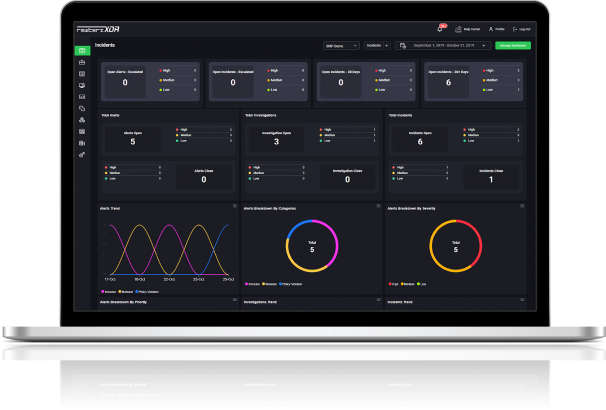

Multiple D-Link Devices Vulnerabilities
August 19, 2024
The Top 10 Threat Intelligence Trends Shaping Cybersecurity in 2024
August 19, 2024
Multiple D-Link Devices Vulnerabilities
August 19, 2024
The Top 10 Threat Intelligence Trends Shaping Cybersecurity in 2024
August 19, 2024Severity
High
Analysis Summary
Lazarus Group, a well-known state-sponsored actor connected to North Korea, used a recently patched vulnerability in Microsoft Windows as a zero-day exploit.
The security flaw in the Windows Ancillary Function Driver (AFD.sys) for WinSock has been identified as a privilege escalation bug. It is listed as CVE-2024-38193 (CVSS score: 7.8). If this flaw was successfully exploited, the attacker may obtain SYSTEM privileges. They were able to access crucial system areas without authorization thanks to this vulnerability. Due to the flaw, attackers were able to get past standard security measures and gain access to private system sections that are normally off-limits to administrators and most users.
The researchers added that the attacks were distinguished by the attempt to avoid detection through the deployment of a rootkit known as FudModule. Although we do not yet know the precise technical details of the intrusions, the vulnerability is similar to another privilege escalation bug that Microsoft closed in February 2024 and that the Lazarus Group also used as a weapon to distribute FudModule.
In particular, it involved the exploitation of a Windows kernel privilege escalation vulnerability called CVE-2024-21338 (CVSS score: 7.8), which is based on the AppLocker driver (appid.sys) and allows arbitrary code to be executed to circumvent security precautions and launch the FudModule rootkit. These two attacks are noteworthy because, rather than "bringing" a susceptible driver and exploiting it to get around security measures, they leverage a security issue in a driver that is already installed on a Windows host, which is a step beyond the usual Bring Your Own Vulnerable Driver (BYOVD) attack.
There is very little integration between FudModule and the rest of the Lazarus malware ecosystem. Lazarus uses the rootkit very sparingly, only activating it when necessary and in the appropriate situations.
Impact
- Privilege Escalation
- Unauthorized Access
- Code Execution
Indicators of Compromise
CVE
- CVE-2024-38193
Affected Vendors
Remediation
- Use Microsoft Automatic Update to apply the appropriate patch for your system, or the Microsoft Security Update Guide to search for available patches.
- Organizations must test their assets for the vulnerability mentioned above and apply the available security patch or mitigation steps as soon as possible.
- Implement multi-factor authentication to add an extra layer of security to login processes.
- Regularly monitor network activity for any unusual behavior, as this may indicate that a cyberattack is underway.
- Organizations must stay vigilant and follow best practices for cybersecurity to protect their systems and data from potential threats. This includes regularly updating software and implementing strong access controls and monitoring tools.
- Develop a comprehensive incident response plan to respond effectively in case of a security breach or data leakage.
- Maintain regular backups of critical data and systems to ensure data recovery in case of a security incident.
- Adhere to security best practices, including the principle of least privilege, and ensure that users and applications have only the necessary permissions.
- Establish a robust patch management process to ensure that security patches are evaluated, tested, and applied promptly.
- Conduct security audits and assessments to evaluate the overall security posture of your systems and networks.
- Implement network segmentation to contain and isolate potential threats to limit their impact on critical systems.








